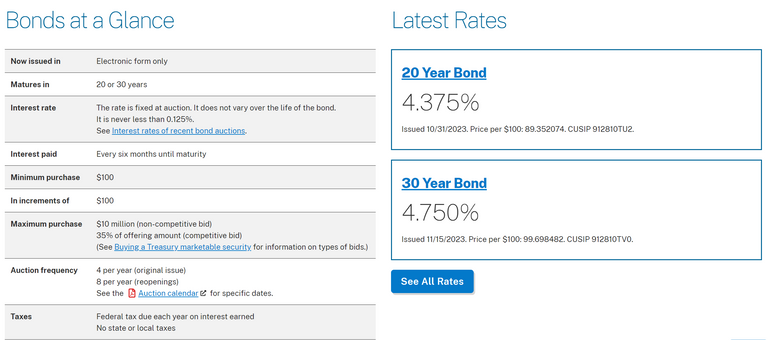I want to discuss the growing imbalance between supply and demand for US Treasury debt. This is a concern because it could lead to higher interest rates and make it more expensive for the government to borrow money.

There are two main reasons for this imbalance.
First, the US government is running a large budget deficit, which means it is borrowing more money than it is taking in through taxes. This increases the supply of Treasury debt.
Second, the Federal Reserve is reducing its balance sheet, which involves selling Treasury bonds that it holds. This also increases the supply of Treasury debt.
On the demand side, there has been some softening in demand for Treasury bonds from traditional buyers, such as foreign governments and central banks. This may be due to a number of factors, including rising interest rates, concerns about inflation, and geopolitical tensions.
If the imbalance between supply and demand for Treasury bonds continues to grow, it could lead to higher interest rates. This is because investors will demand a higher yield to compensate for the risk of buying Treasury bonds in a market where there is a large supply. Higher interest rates would make it more expensive for the government to borrow money, and could also lead to slower economic growth.
Fitch downgraded the US long-term rating from AAA to AA+ in August 2023.
This is a sign that credit rating agencies are becoming more concerned about the US government's debt burden. A lower credit rating could make it more expensive for the government to borrow money, and could also lead to higher interest rates for businesses and consumers.
The growing imbalance between supply and demand for US Treasury debt is a concern that could have negative consequences for the US economy.
What is the Root Cause?
The recent rise in yields is not due to growth, but rather due to an increased term premium caused by softening demand and higher uncertainty.
The term premium is the extra yield that investors demand for holding longer-term bonds, because they are more risky. When demand for bonds softens, investors will demand a higher term premium to compensate for the risk. Higher uncertainty, such as from geopolitical tensions or economic worries, can also lead to a higher term premium.
The two-year Treasury note yield has increased by only 20 basis points since the last TBAC meeting, while longer-term yields have increased by over 120 basis points. This suggests that the recent rise in yields is being driven by an increase in the term premium, rather than by growth expectations.
The image also shows that the TBAC (U.S. Treasury Borrowing Advisory Committee) believes that term premium began the quarter at "what, over the past decade, had become normalized though notably depressed levels."
This means that the TBAC believes that the recent rise in term premium is a return to normal levels, rather than a sign of a major risk-off event.
The comment and the image suggest that the recent rise in yields is not due to growth, but rather due to a return to normal levels of the term premium.
This is a positive development for the economy, as it suggests that investors are becoming more confident in the outlook. However, it is important to monitor the situation closely, as a further increase in the term premium could lead to higher interest rates and slower economic growth.